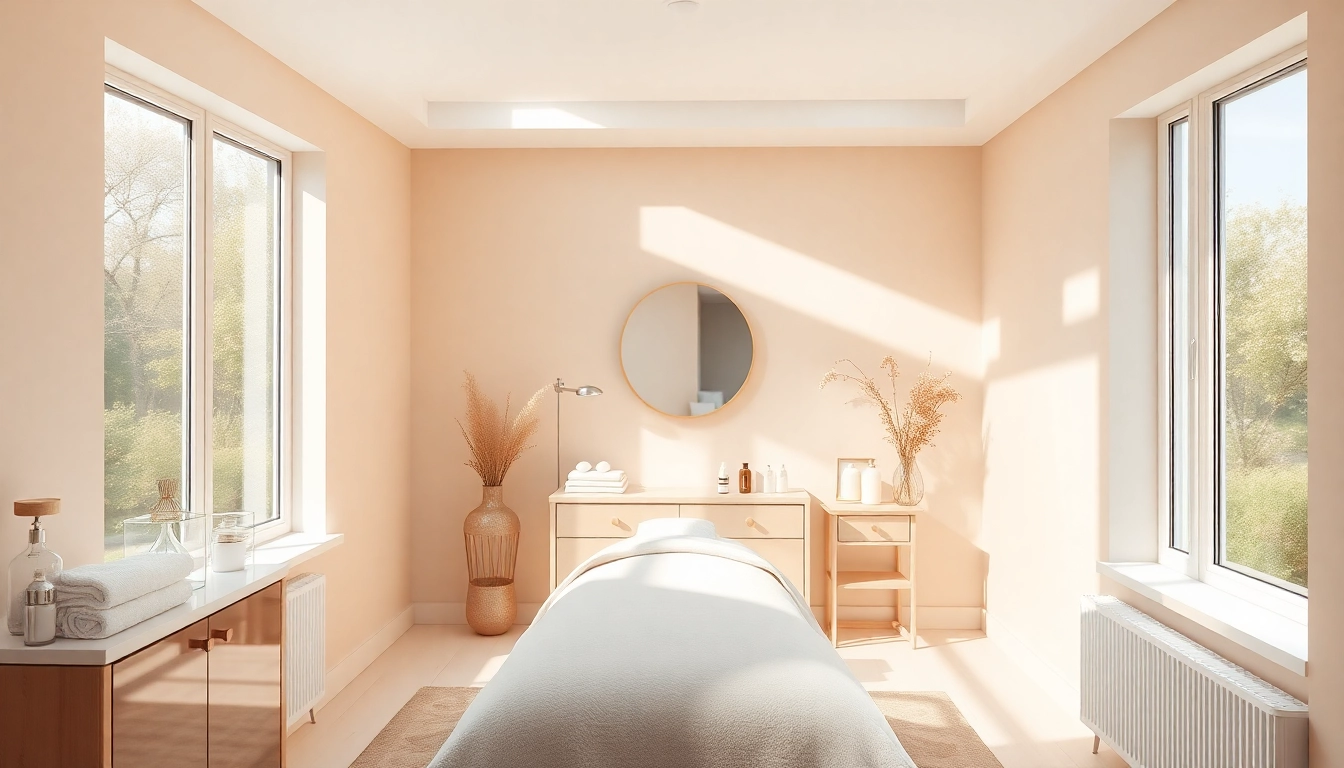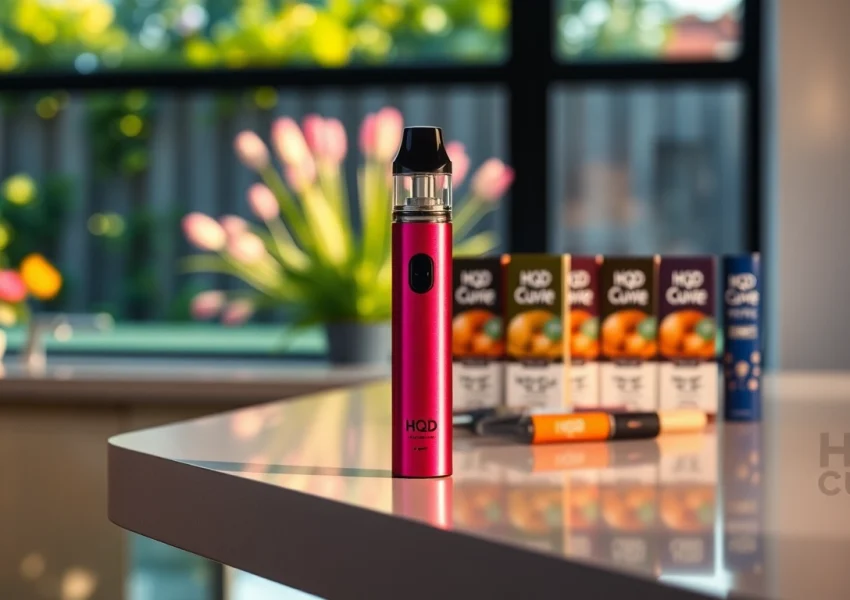Understanding Facial Treatments
Facial treatments have become increasingly popular as a cornerstone for achieving healthy, glowing skin. Whether you are looking for a relaxing spa experience or a targeted approach to specific skin issues, facial treatments offer a plethora of options tailored to different needs. In this section, we will delve into what facials really are, their benefits, and various types of treatments available.
What is a Facial?
A facial is a comprehensive skincare treatment that typically involves various steps aimed at enhancing the health and appearance of the skin. This therapeutic experience may include cleansing, exfoliation, extractions, masks, and moisturization. Facials can also involve massage and the use of specialized products to target specific conditions such as acne, dehydration, hyperpigmentation, and signs of aging. The treatment is typically administered by trained estheticians who customize the session according to individual skin types and concerns.
Benefits of Regular Facials
Regular facials provide numerous benefits beyond mere relaxation. Here are some notable advantages:
- Deep Cleansing: Facials help remove dirt, oil, and impurities from the skin. A thorough cleansing fosters a clearer complexion and can reduce breakout occurrences.
- Exfoliation: By removing dead skin cells, facials promote better product absorption and a smoother, brighter skin surface. This process also encourages cell turnover, leading to younger-looking skin.
- Hydration: Many facials include hydrating masks and serums tailored to replenish moisture, leaving skin plump and nourished.
- Improved Circulation: The massage techniques involved in most facials enhance blood flow to the skin, delivering essential nutrients and promoting a healthy glow.
- Stress Relief: The pampering aspect of a facial can significantly reduce stress and promote relaxation, benefiting both the mind and skin.
- Targeted Treatments: Specific conditions such as rosacea, acne, and aging can be treated with tailored facial therapies, making them effective solutions for various dermatological issues.
Types of Facial Treatments Available
Facial treatments come in various forms, each catering to specific skin types and concerns. Here are some of the most common types:
- Classic Facial: This traditional treatment includes cleansing, steaming, exfoliation, extraction, and a mask for general skin maintenance.
- Hydrating Facial: Designed specifically for dry or dehydrated skin, this facial focuses on deep hydration using moisture-rich products.
- Acne Facial: Aimed at treating acne-prone skin, this facial includes extractions and products that minimize breakouts and control oil.
- Anti-Aging Facial: Featuring ingredients such as retinol and peptides, this facial targets signs of aging, promoting firmness and reducing fine lines.
- Brightening Facial: Ideal for dull or uneven skin tone, this treatment uses brightening agents to improve radiance and texture.
- Sensitive Skin Facial: Tailored for sensitive skin types, this facial uses gentle products to soothe inflammation and redness.
- Microdermabrasion Facial: This involves a mechanical exfoliation process to remove dead skin cells and improve texture and tone.
- Chemical Peel: This facial employs acids to exfoliate the skin, encouraging cellular turnover and revealing fresher skin beneath.
Choosing the Right Facial for Your Skin Type
Selecting the right facial treatment is crucial for achieving the best results. Understanding your skin type and the specific concerns you want to address will guide your choice. Let’s break down the process.
Identifying Your Skin Type
Before choosing a facial, it’s essential to determine your skin type. Here are four primary skin types to consider:
- Normal Skin: Balanced skin with minimal sensitivity, few imperfections, and a smooth texture.
- Dry Skin: Characterized by flakiness or tightness, this skin type often feels rough and may have visible lines.
- Oily Skin: Typically shiny with enlarged pores, oily skin is more prone to breakouts and blackheads.
- Combination Skin: A mix of oily and dry areas, usually oily in the T-zone and dry or normal on the cheeks.
Recommended Facials for Different Skin Types
Once you’ve identified your skin type, choosing the appropriate facial becomes easier:
- Normal Skin: A classic or hydrating facial works well.
- Dry Skin: Hydrating facials infused with rich moisturizing agents are highly beneficial.
- Oily Skin: Acne facials that focus on oil control and purifying ingredients are ideal.
- Combination Skin: A customized facial that balances both dry and oily areas is recommended.
Consultation and Skin Assessment
A professional consultation is crucial before commencing any facial treatment. During a skin assessment, the esthetician will evaluate your skin condition and discuss your concerns. They may ask questions regarding your skincare routine, lifestyle, and any specific issues you want to address. This information will help tailor the facial to your unique needs, ensuring optimal results.
Step-by-Step Guide to a Facial Treatment
Understanding the process of a facial treatment can help alleviate any apprehensions. Here, we outline the key steps involved from preparation to completion.
Pre-Facial Preparation Tips
Preparing for your facial can enhance your experience:
- Stay Hydrated: Drink plenty of water in the days leading up to your appointment to help maintain skin hydration.
- Arrive with Clean Skin: If possible, come in with minimal makeup for a more efficient cleansing process.
- Avoid Sun Exposure: Protect your skin from sunburn or irritation at least 24 hours prior.
- Inform the Esthetician: Discuss any allergies, medications, or skin conditions that might affect your treatment.
The Facial Process Explained
The facial process typically follows these steps:
- Cleansing: The session begins with a thorough cleansing to remove impurities.
- Steaming: A steam treatment opens up pores for better extraction.
- Exfoliation: Dead skin cells are gently removed via mechanical or chemical exfoliation.
- Extractions: Blackheads and blemishes may be extracted for a clearer complexion.
- Mask: A mask is applied based on your skin’s specific needs.
- Moisturizing: Finally, a suitable serum and moisturizer are applied to lock in hydration.
- Massage: Many facials include a soothing massage for relaxation and to stimulate blood flow.
Post-Facial Skincare Routine
After a facial, it’s important to care for your skin properly:
- Avoid Makeup: Allow your skin to breathe for at least 24 hours post-facial.
- SPF Protection: Always apply sunscreen as facials can make your skin more sensitive to sunlight.
- Follow the Esthetician’s Advice: Any recommendations based on your skin’s condition should be taken seriously for the best outcome.
- Hydrate Your Skin: Continue to apply hydrating products as instructed to maintain the results.
Common Questions About Facials
Many individuals have inquiries regarding facials. Here we address some of the most common questions to provide clarity.
How Often Should You Get a Facial?
The frequency of facials can depend on your skin type and specific concerns. Generally, most individuals benefit from facials every 4 to 6 weeks. This timeframe aligns with the skin’s natural cell turnover process, allowing for optimal results. However, those with specific skin issues may require more frequent treatments at first, gradually moving to a maintenance schedule.
Are Facials Safe for Sensitive Skin?
Yes, facials can be safe and beneficial for sensitive skin when performed correctly. It’s critical to communicate with your esthetician about any sensitivities or conditions, such as rosacea or eczema. A skilled esthetician will tailor treatments to use calming products and techniques to minimize irritation.
What to Expect During a Facial Session?
During a facial session, clients can typically expect a relaxing atmosphere, during which it is common to receive a wellness consultation. The treatment process includes soothing sounds, professional techniques tailored to your skin’s needs, and open communication about any discomfort or concerns. Most importantly, the experience should leave you feeling rejuvenated and refreshed.
Maximizing Results from Your Facial Treatments
To ensure you reap the full benefits of your facial treatments, there are several strategies to implement.
At-Home Skincare Regimen
A proper at-home skincare routine is essential for maintaining facial results. This routine typically includes:
- Regular Cleansing: Cleanse your skin morning and night to remove impurities and prevent clogged pores.
- Exfoliation: Incorporate gentle exfoliation 1-2 times per week to promote cell turnover.
- Moisturizing: Use products suited to your skin type to maintain hydration, particularly after treatments.
- Sun Protection: A broad-spectrum SPF is crucial for preventing skin damage and maintaining youthful appearance.
Nourishing Your Skin with Healthy Habits
Healthy lifestyle choices significantly impact skin quality. Consider the following:
- Balanced Diet: Consume a diet rich in fruits, vegetables, healthy fats, and adequate hydration.
- Regular Exercise: Staying active boosts circulation, contributing to a vibrant complexion.
- Sufficient Sleep: Sleep plays a crucial role in skin regeneration; aim for 7-9 hours nightly.
- Stress Management: Engage in activities that reduce stress, as stress can manifest as skin issues.
Tracking Your Skin’s Progress
Monitoring your skin’s condition helps to assess the effectiveness of your skincare regimen and facial treatments. Keep a journal documenting changes, reactions to products, and any improvements you notice over time. This practice creates a roadmap that guides future skincare decisions.






